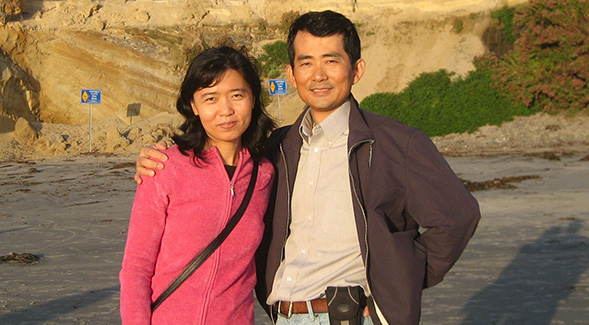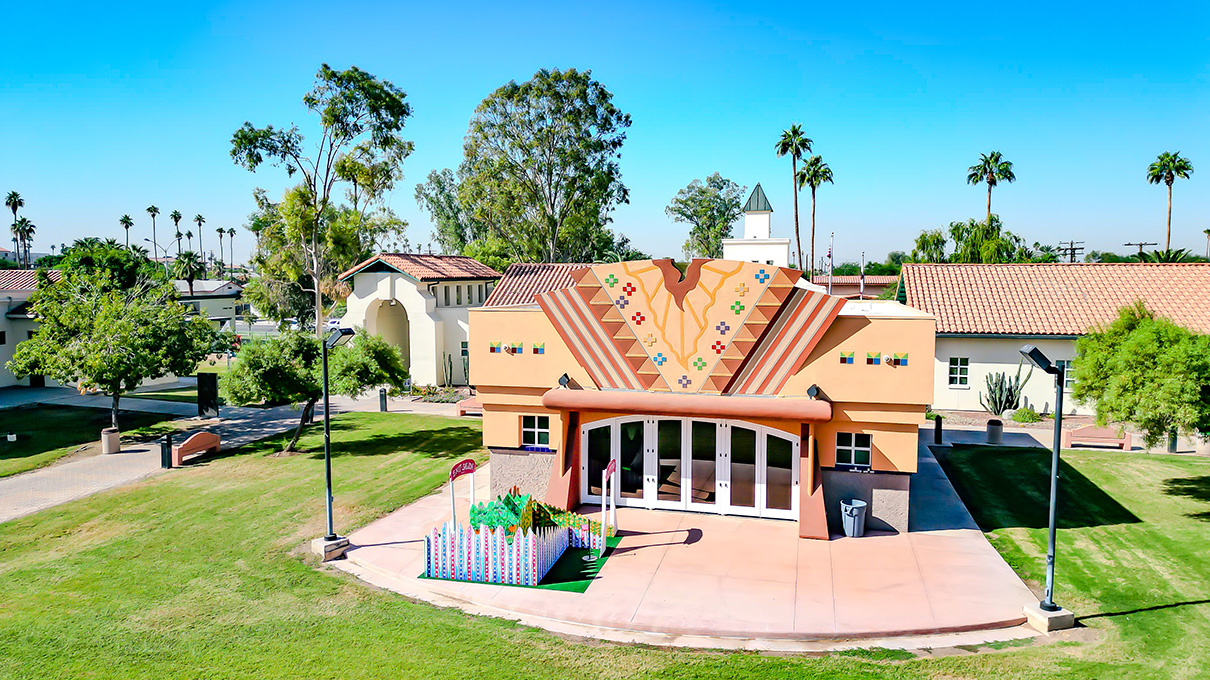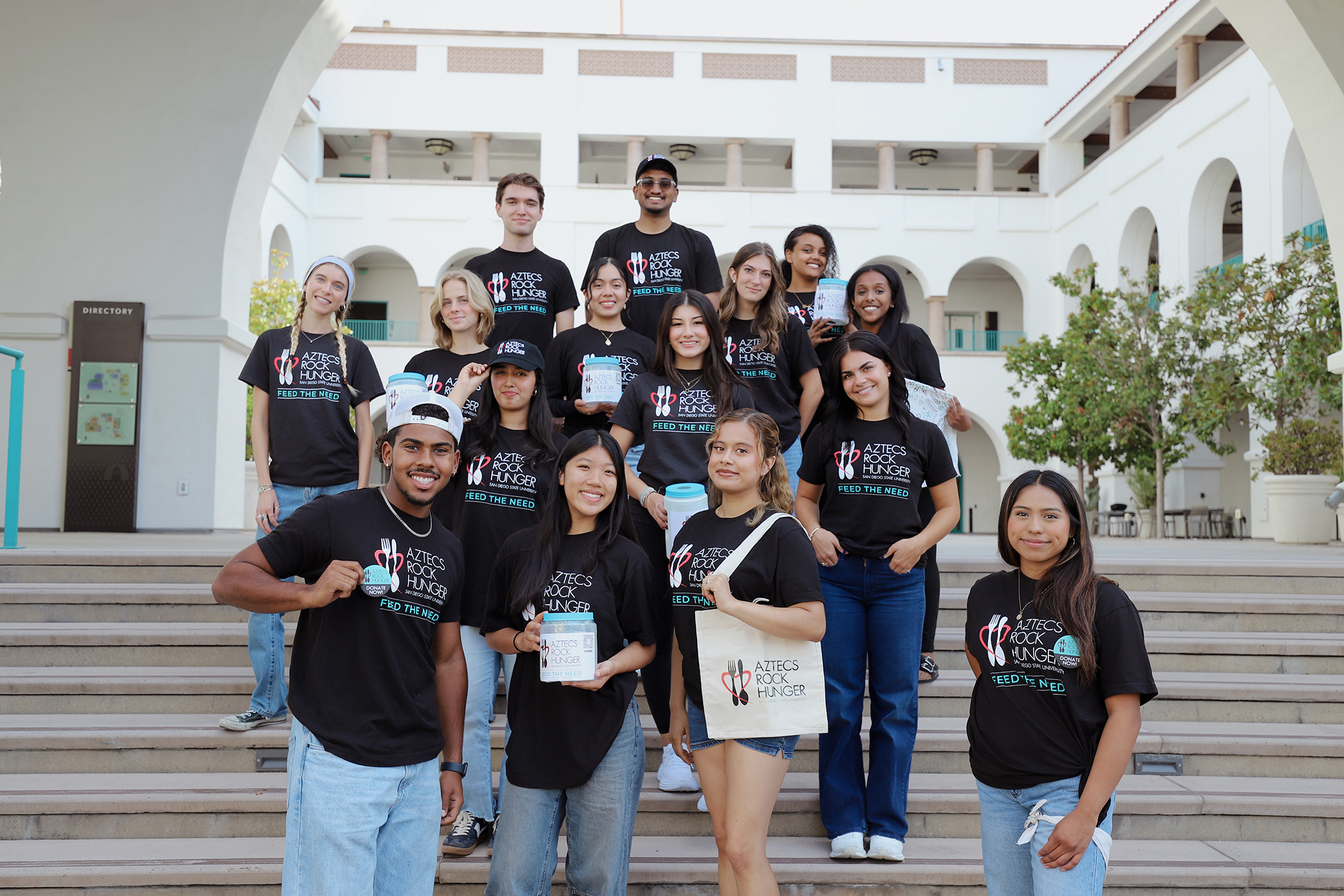Leading Scientist Elected as an AAAS Fellow
Li An, an SDSU geography professor, has received the lifetime AAAS distinction, which is awarded to scientists across the world.

“I’ve been blessed to work at San Diego State University in an environment where growth is supported and the pursuit of an academic career is valued.”
Li An’s entire career has been built around exploring and understanding complex human-environmental systems, like the deforestation of the Amazon or people’s land-use decisions affecting vast ecosystems. His specific goal: to improve environmental sustainability and human wellbeing.
Growing up in China and through his early studies, An found that such a strong emphasis on economic development without adequate attention or care placed on human-environment sustainability could result in disasters. Some of them likely permanent.
“Our world faces many grand challenges such as climate change, loss of biodiversity, and COVID-19 pandemics, which are besetting humanity at an alarmingly rapid pace from local to global scales. Virtually all these challenges can be traced to actions and interactions of people (likely other agents as well) that constitute and drive the complex systems under such challenges,” said An, San Diego State University geography professor.
An’s work aims to connect humans and the environment in an interactive manner. One area of his research looks at how micro-level changes in the environment (for instance, the felling of trees in a small area to support a person’s subsistence needs) can be attributed to decisions or actions based on a person’s socio-economic status. Long lasting impacts on fresh air, clean water, wildlife habitats, and biodiversity are often uncovered through An’s studies.
He also leads the Complex Human-Environment Systems (CHES) Center at SDSU that promotes scholarship, education, and outreach in the area of computational human-environmental science.
For his contributions, An was among 489 scientists around the world to be elected by the American Association for the Advancement of Science to receive the lifetime distinction of AAAS Fellow.
Distinguished Recognition
As a fellow, An joins the ranks of thousands of distinguished scientists to also be named, including inventor Thomas Edison, sociologist W. E. B. Du Bois, anthropologist Margaret Mead, computer scientist Grace Hopper, physicist Steven Chu, and also astronaut and SDSU alumnae Ellen Ochoa.
“I am delighted in my heart to be awarded this ranking. I’ve been blessed to work at San Diego State University in an environment where growth is supported and the pursuit of an academic career is valued,” said An, who joined the SDSU faculty in 2005. “I feel respected by my colleagues, and I enjoy working with exceptional students.”
An was selected as an AAAS Fellow in the geology and geography section for distinguished contributions to complex human-environmental systems theory and methodological breakthroughs in modeling human decisions, agent-based modeling, land survival and latent trajectory analysis.
“AAAS Fellows are elevated to this rank because of their efforts toward advancing science applications that are deemed scientifically or socially distinguished. The title recognizes important contributions to STEM disciplines, including pioneering research, leadership within a given field, teaching and mentoring, fostering collaborations, and advancing public understanding of science,” according to the AAAS.
“I am absolutely thrilled for Li. This is a tremendous honor for him, and also for the Department of Geography, College of Arts and Letters, and SDSU more broadly,” College of Arts and Letters Dean Monica J. Casper said. “ It is a tangible, well-deserved recognition of a stellar career in geography that has advanced research on environmental sustainability. Given the current threats to our planet, Li An's work could not be more urgent and relevant. I'm so proud of him."
Lasting Research Contributions
In An’s dissertation research there was a surprising finding: nature reserves were not protecting the environment as intended, but were subjected to great human disturbances. As a result there have been policy changes in reserve management worldwide.
In 2008, An brought infrared digital cameras to Fanjingshan National Nature Reserve. The camera trapping technique was adopted by the reserve administration and other researchers and is now widely used to monitor wildlife activities and habitat use.
During his career, An has generated millions of dollars in funding from the National Science Foundation, National Institutes of Health and NASA, among other funding agencies, serving as principal investigator.
An has written numerous peer-reviewed journal articles, book chapters, and papers and received more than $10 million in research grants throughout the years. Currently, he is working on a textbook that focuses on a course he has been teaching for the past 15 years. Each year, he improves it by adding additional research related to new advances in technology.
He is currently leading a paper on the topic of payments for ecosystems (PES) that will make a difference in PES and human-environmental science. His grant proposal on the topic received high praise from the National Science Foundation (NSF) review panel: “This is an exciting CNH proposal that explores emergent dynamics in a CNH system. The unintended interactions of two PES systems in the same area is a critical issue as PES schemes become more popular in different areas worldwide.”
In February, 2021, new AAAS Fellows will be presented with an official certificate and a gold and blue rosette pin (representing science and engineering) to commemorate their election.


